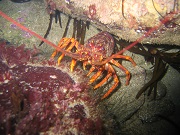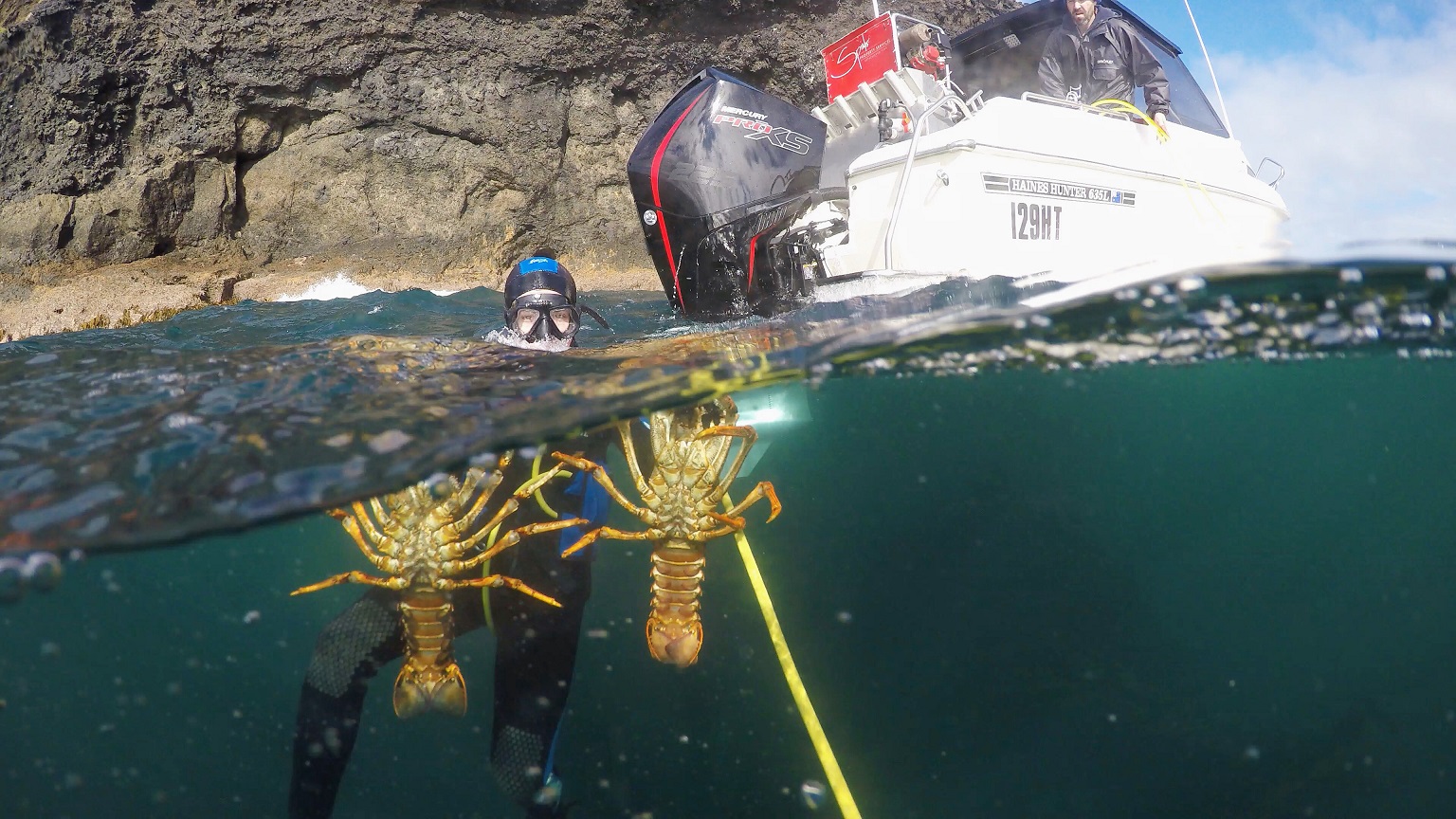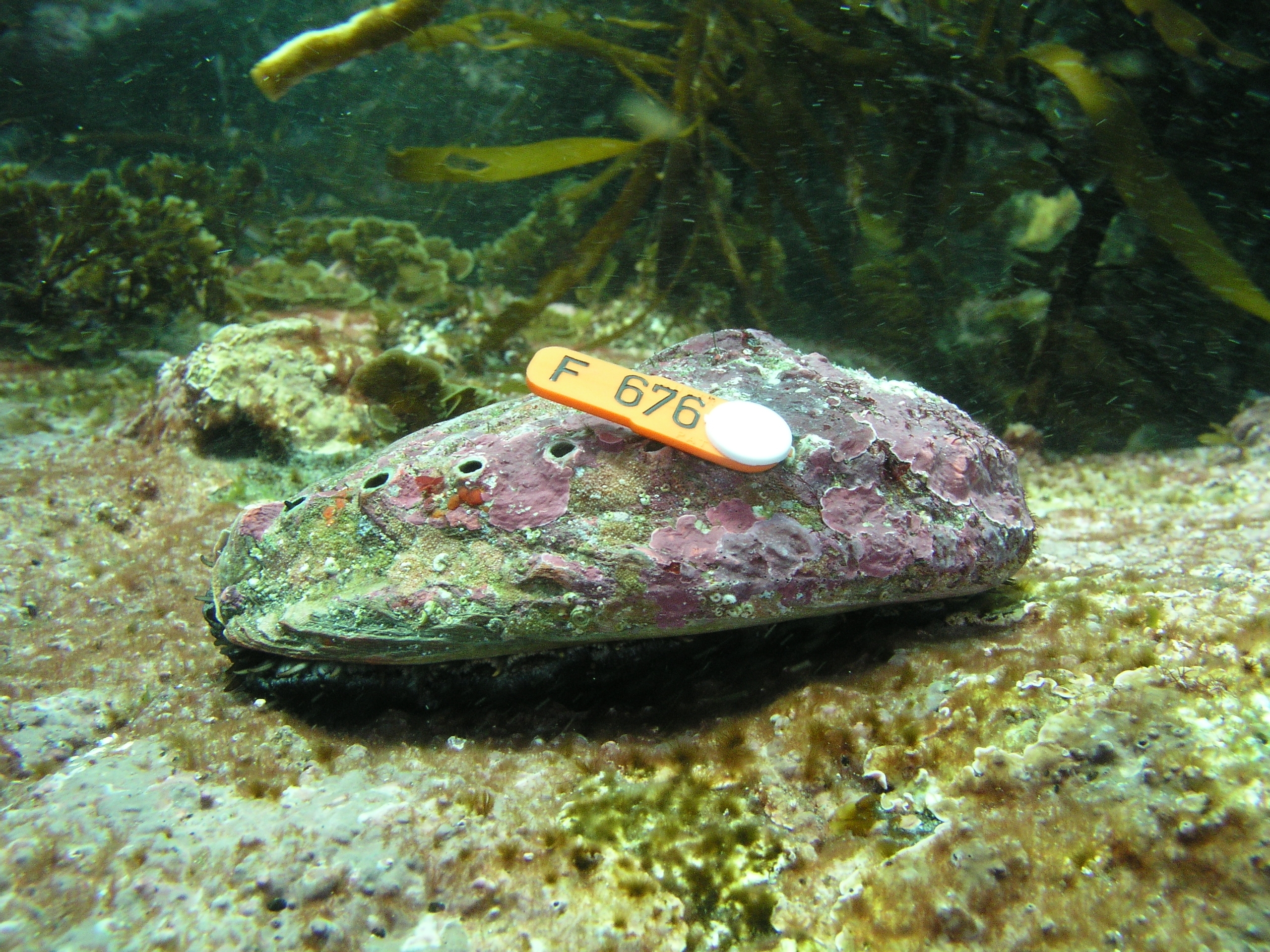
The Tasmanian Recreational Rock Lobster and Abalone Fisheries Assessment report for 2021-2022 has been released, which involved researchers surveying 360 licensed rock lobster and abalone fishers about their catches between November 2021 and April 2022.
This data provides catch trends, which are used to estimate the activities of Tasmania's 30,000 licence holders
East coast rock lobster strategy
The East Coast Stock Rebuilding Strategy, implemented in 2013 to address declining rock lobster numbers in the region, includes an East Coast Stock Rebuilding Zone (ECSRZ) between Eddystone Point and Tasman Head. Catch is limited in this zone using a notional recreational catch share of 35 tonnes and a commercial catch cap of 113 tonnes.
 “The 2021-22 recreational catch in the rebuilding zone was estimated to be 46.5 tonnes, which exceeded the catch share by 11.5 tonnes – an over-catch of 32%,” lead author, Dr Alexia Graba-Landry said. “This was similar to the estimated catch of 51.1 tonnes in 2020-21, an over-catch of 46%.
“The 2021-22 recreational catch in the rebuilding zone was estimated to be 46.5 tonnes, which exceeded the catch share by 11.5 tonnes – an over-catch of 32%,” lead author, Dr Alexia Graba-Landry said. “This was similar to the estimated catch of 51.1 tonnes in 2020-21, an over-catch of 46%.
“Over-catches in the rebuilding zone have now been reported in five of the past eight seasons, while biotoxin closures in 2015-16 and 2017-18 – and COVID-19 in 2019-20 – led to under-catches. Catches have now significantly increased in 2020-21 and 2021-22.
“This suggests that there are challenges for resource managers to constrain the recreational east coast catch if the stock rebuilding strategy is to be maintained. Long-term monitoring of the fishery has shown that recreational fishers are highly responsive to increases in lobster abundance, as occurred in the last year.
“As catch rates are expected to improve through the stock rebuilding strategy, it’s likely that more fishers will target lobster more often, which will make it increasingly difficult to limit their catch.
“Another key challenge is our ability to monitor the recreational fishery because we can only analyse catch data after the season closes. This means that managers can’t respond mid-season as occurs with the commercial fishery.”
The Department of Natural Resources and Environment Tasmania (NRE Tasmania) is working with recreational fishers to trial a new recreational catch reporting app that will provide real-time data on fishing effort.
Recreational catches relative to catch share in the East Coast Stock Rebuilding Zone
 Statewide recreational rock lobster catches
Statewide recreational rock lobster catches
Recreational fishers were estimated to have caught 79,400 lobster (86.3 tonnes) across Tasmania’s eastern and western regions in 2021-22, an increase from 72,800 in 2020-21 (81.6 tonnes).
This catch represented about 51% of the 170-tonne total allowable recreational catch (TARC). It was also equivalent to about 7.1% of the 2021-22 total allowable catch (TAC) of 1,221 tonnes, which includes the 1,051-tonne total allowable commercial catch (TACC).
The east coast accounted for 69% of the total catch, far higher than the west (19%) and north (12%) coasts.
Importance of monitoring Tasmania’s abalone fishery
Researchers estimated fishers took nearly 41,600 abalone in 2021-22, up from 36,200 abalone (17.2 tonnes) caught in 2020-21, which was 20.1 tonnes or 3% of the 795-tonne TACC.
 “This catch estimate indicates that the recreational fishery, takes a minor component of Tasmania’s overall abalone catch,” Dr Graba-Landry said.
“This catch estimate indicates that the recreational fishery, takes a minor component of Tasmania’s overall abalone catch,” Dr Graba-Landry said.
“While there isn't a specific recreational abalone catch share, it’s still important to determine the recreational catch and effort in stock assessments to effectively manage the fishery.
“This catch is mainly important at the local scale since recreational fishers may continue to fish areas even when abalone densities are low, risking localised depletion.”
Seventy percent of the total abalone catch came from the east coast, with 18% from the north and 13% from the west coast. Blacklip Abalone made up 91% of catches, far more than Greenlip Abalone at 9% of the total.
This research was funded by the Fishwise Resource Management Fund administered by NRE Tasmania and the Sustainable Marine Research Collaboration Agreement administered by IMAS.
Images:
Published 2 December 2022